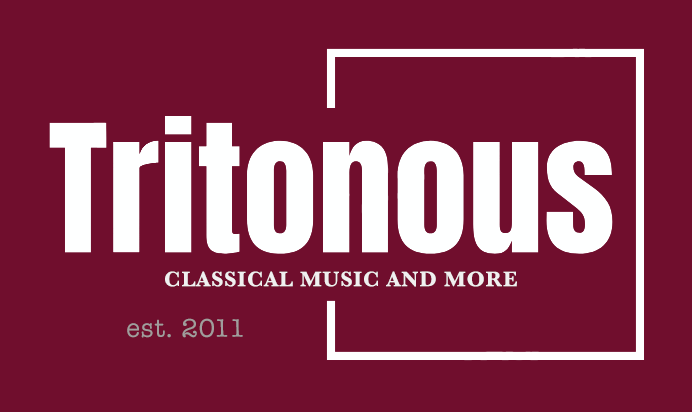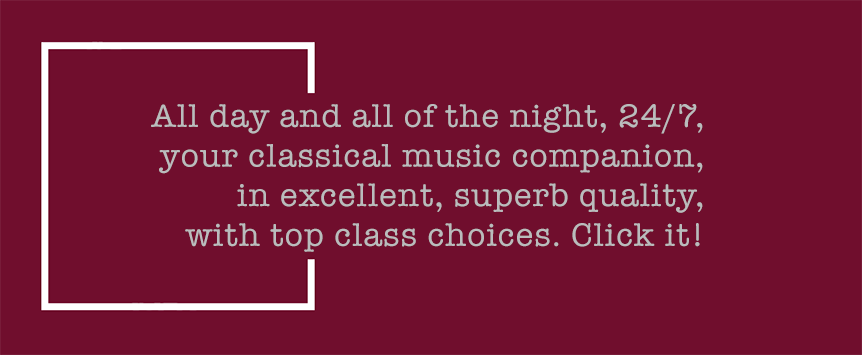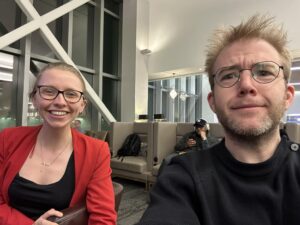An entertaining essay in the New York Times by harpist Parker Ramsaydoes its damnedest to pluck the instrument from obscurity.
… I’m a professional harpist. So is my mother. Some of my earliest exposure to music was through classics of our repertoire, and while learning the instrument, I had my steady diet of Saint-Saëns, Debussy, Fauré and Ravel. Frankly, though, all those composers wrote more interesting works for the piano, which is better suited to quick modulations and coloristic variety.
The harp has its hindrances, and a lot of composers are terrified of writing solo music for it. This instrument has 47 strings, each tuned like the white notes of a piano, with the player’s feet delegated the task of engaging flats and sharps using seven pedals. It’s an ingenious design, but only up to a point. Tuning is relatively unstable. The sound is boomy, with metal bass strings that are woofy and indistinct, like organ pedals…
The harpists who have inspired me traversed new paths. Andrew Lawrence King’s freakishly colorful and delicate recordings on period harps was a game changer in understanding the boundaries of expression in early repertoire. We owe a huge amount to Ursula Holliger, who was responsible for incredible commissions from the likes of Toru Takemitsu, Elliott Carter and Harrison Birtwistle. Take some time and listen to Zeena Parkins’s “Three Harps, Tuning Forks and Electronics,” in which a panoply of extended techniques (a flurry of scratches, fluxes and beatings on the soundboard) are organized into a beautiful and cohesive essay on form….
Read on here.
The post The harp? It’s a nothingburger appeared first on Slippedisc.











